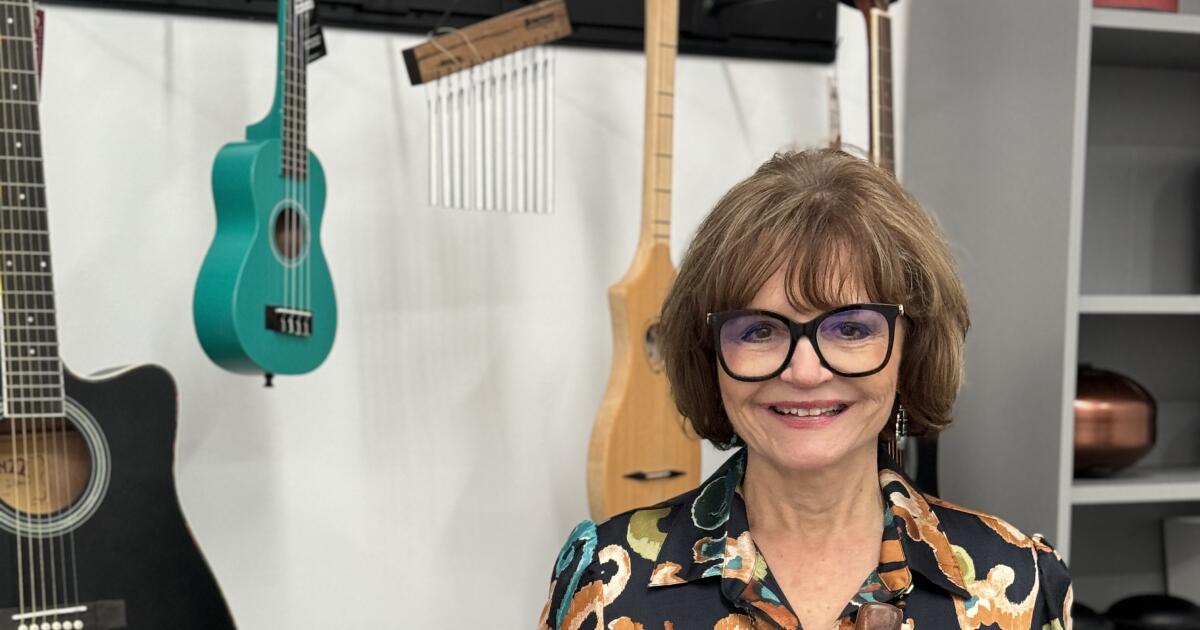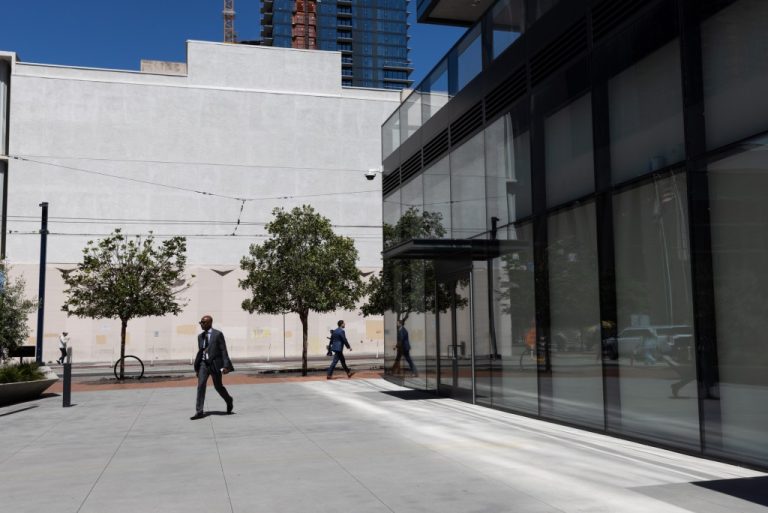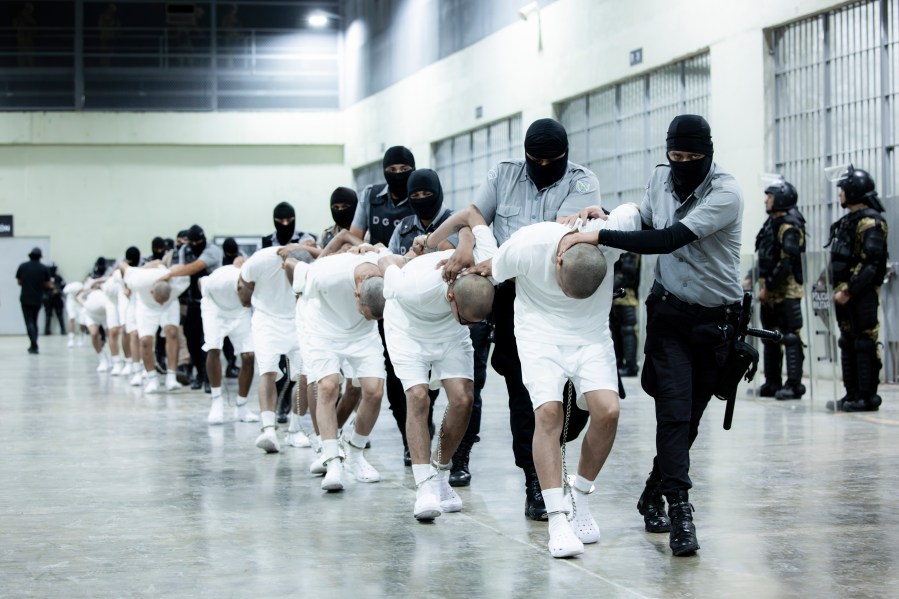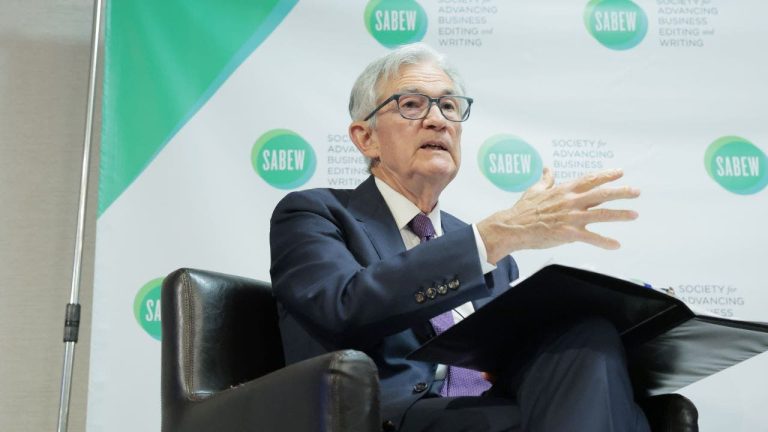
Barbara Reuer had just started college in 1970, in her home state of South Dakota, and was having trouble deciding on a major. She’d finally chosen to major in music education when her brother inspired a slight shift in that focus.
“My youngest brother, Ronnie, was diagnosed with muscular dystrophy. I was devastated during my freshman year when he passed away, only 8 years old, with complications from pneumonia. I felt so helpless. I knew I wanted to do something with children who had disabilities, in Ronnie’s honor, though I did not know how, what, where or when,” she says. “When a visiting Arizona professor mentioned there was a career in music therapy, I knew instantly what I wanted to do.”
She went on to earn a master’s degree in music education and a doctorate in music therapy, and became a board-certified music therapist before opening her music therapy and wellness consulting company, MusicWorx, in 1987. To reach a larger population of people in need of music therapy, but who couldn’t otherwise afford or access it, she founded her nonprofit, Resounding Joy, in 2004. She has served as CEO for nearly 20 years and is retiring next month. (An anniversary benefit is being held from 4 to 7 p.m. Dec. 2 at a private location in Point Loma to celebrate her work and introduce the organization’s new CEO, Kerri Fox.)
Reuer, 71, lives in Carmel Valley and has more than 20 nieces and nephews, here and in various states. She took some time to talk about the programming she’s helped shepherd at Resounding Joy, the benefits of music therapy, and what she plans to do in retirement.
Q: What are some of the benefits of music therapy?
A: In general, music therapy can benefit people of all ages and circumstances. Research shows that music therapy may: Help you relax, help you explore your emotions, reduce anxiety or depression, ease your stress levels, regulate your mood, strengthen your communication skills, improve speaking and language skills, and build social skills. The addition of music in a treatment with multiple modalities creates another layer of engagement and connection in the patient’s brain. Studies have shown what music can do to elevate mood, improve communication and reduce anxiety. All these benefits can help facilitate, complement and improve the other therapies that are taking place.
Q: I imagine that you play music?
A: I started playing piano at age 7, oboe and clarinet in sixth grade, cymbals in the college marching band, guitar in my music therapy education, and the American Indian flute and world percussion when I started my music therapy career in San Diego in 1987. I was a voice major and piano minor in my undergraduate work. Currently, my instrument of choice is the American Indian flute.
What I love about Carmel Valley …
Everything. Location, location, location.
Q: After receiving a grant in 2005 that helped expand your training program, “requests for music therapy poured in from low-income communities,” according to your website. What was in these requests about why there was an interest in music therapy? How were they hoping your programming could help?
A: The requests from social service agencies varied depending on their needs — recreational, supportive or music therapy experiences. Recreational music included interactive activities such as large drum circles bringing a community together to engage in making music. Supportive music activities are opportunities for volunteers trained as “joy givers” to bring music and music listening opportunities to individuals in older adult settings. Music therapy services were requested to provide support for specific therapeutic goals.
Q: What kinds of changes do you notice during the course of a therapy session?
A: It depends on the patient and their circumstances, but we have seen dramatic changes, like a child speaking for the first time after a traumatic life experience, or an older adult singing and playing an instrument when typically quiet and isolated. For medically challenged people or those going through substance abuse treatment, we see elevation in mood as they engage in playing music and singing, briefly transporting them out of their life situation.
Q: Can you share a story about a therapy experience with an individual that has stayed with you?
A: Ted could move his eyes, fingers and toes when I met him, but could no longer speak. I had to find a way to connect with a teenager whose world was lying in a bed in a long-term care unit. Suffering from amyotrophic lateral sclerosis, Ted liked to roll his toes on a rattle-like instrument called a cabasa. Once he lost use of his toes, I held an electronic instrument, QChord, over his hands so that he could feel vibrations. After two years of weekly visits with this young patient, I learned that he and his family had decided to discontinue life support. They specifically asked that I be in the room with the family, doctor and two nurses doing what I had done for so many months. I played the QChord in the background while the family stood around his bed humming and singing his favorite songs as the medical team proceeded with turning off the life support. Then there was silence. The music provided a “safe container” for all involved. I remember this experience as though it happened yesterday. This was almost 30 years ago. I’ll never forget Ted’s gentle spirit and determination to have as much control as he could over this very debilitating disease.
Q: Why are you retiring? Why is it time to close this chapter?
A: I’ve always been a dreamer, a risk-taker and a hard worker. Those who have worked with me know that I’m never short on ideas. In 2003, I acted on an idea that has since made music therapy services available to hundreds of thousands of clients, especially those who are most at-risk and vulnerable. Whether I’m consulting with a mentor, working alongside an employee, board member, community member or volunteer, I’m filled with gratitude and humility knowing that others share my mission. Resounding Joy is an idea whose time has arrived. The organization is poised for its next phase of innovation and growth, thanks to the leadership skills of our new executive director and CEO, who will guide us into the next decade. My journey hasn’t always followed the easiest or most expected path, but I’ve become a champion of change. It’s a privilege and an honor that every day, we can change lives.
Q: What has this work taught you about yourself?
A: So many of the clients we have worked with over the many years have had incredibly difficult journeys. Our patients have taught us that life can be short. I try to be present to every experience and “live” in the moment.
Q: What is the best advice you’ve ever received?
A: Don’t take yourself too seriously and stay humble.
Q: What is one thing people would be surprised to find out about you?
A: As a South Dakota farm girl, the oldest of six children, I learned to milk cows at age 8 and drive a John Deere tractor by the time I was 10. I was fearless. In South Dakota, you can see for miles and miles. I loved climbing to the top of the barn and dreaming about traveling the world.
Q: Please describe your ideal San Diego weekend.
A: I’ll tell you what it is when I am retired. I typically work some hours over a weekend. In all seriousness, I do like to have alone time because of how busy weeks can be. I like to garden, walk along the beach, and go to movies with friends. All of these are very relaxing to me.






